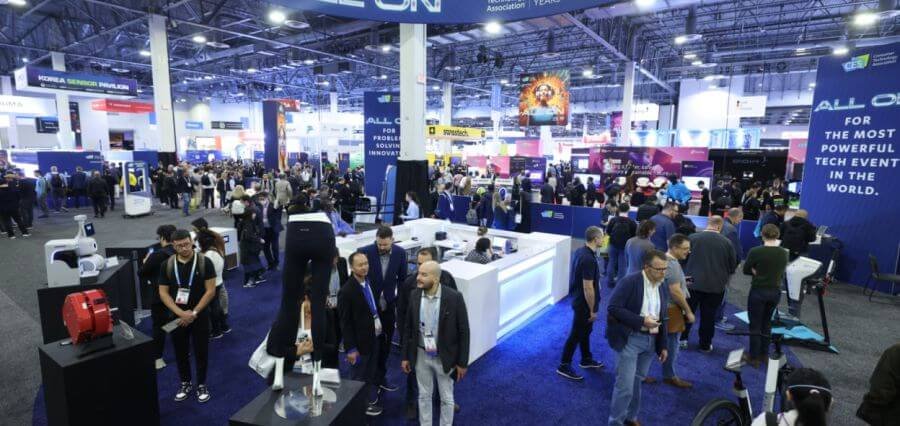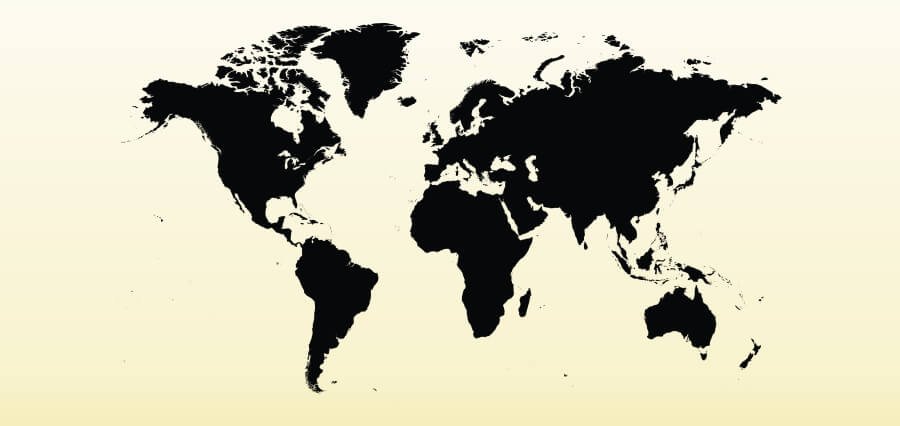Each year in January, the technology world meets in Las Vegas for the legendary Consumer Electronics Show—a spectacular event that basically sketches out what the next year will be like in the world of gadgets, innovation, and lifestyle technology. The 2025 Consumer Electronics Show (CES) once more received the prestigious nod of being the must-go place for tech fanatics, startups, and household brands that are bursting with excitement to share their latest inventions with the world. This year’s exhibition was just not another tech trade show; it was as if one could see what the living room, the car, and the office of the future would look like—the power of the event was felt throughout the few days that it was on.
The Consumer Electronics Show is not just a fete for gadget lovers anymore. It has turned into an industry crossroads—where artificial intelligence is combined with design, where eco-friendliness is amalgamated with efficiency, and where fantasies become facts. For me, as a visitor to the energetic corridors of CES 2025, it was not the usual way of shopping, i.e., looking through the window, but rather like traveling through time into the future.
The Heartbeat of Innovation at a Consumer Electronics Show
There are so many things that make a Consumer Electronics Show a fascinating event. First of all, almost every big technology company on Earth cannot resist the temptation of showing off their best ideas during the Consumer Electronics Show. Besides these giant companies, there are several startup entrepreneurs who actively participate in such trade shows, and these shows are like a prize for them. The coming year’s tech brought to the trade fair floor ranged from smart home devices that can forecast your comfort needs to electric vehicles that are in tune with urban traffic management systems.
Without a doubt, artificial intelligence was the hot topic of discussion. It was implemented in several fields, such as beauty tech mirrors that give skincare advice based on real-time analysis and kitchen appliances that balance nutrition and taste with stunning precision. Those who attended the Consumer Electronics Show realized that what really differentiates this event from others is not the technology per se; rather, it is the story around it. CES 2025 was taking a giant step forward in preparing the ground for the next wave of innovations. It was not only about what AI could do; it also showcased how it could be integrated into people’s lives to improve them.
Beyond Gadgets—The Consumer Electronics Show Experience
As I strolled through the vast halls, one thing struck me: the Consumer Electronics Show was far more than just a product exhibition; it was the most luxurious form of storytelling. Presenting was transformed into experiences—small planets where consumers could experience the life that technology guaranteed. For instance, auto companies didn’t just unveil the vehicles; they worked up scenarios of the entire future of driving. You can take a seat in a prototype car and experience the transformation into a virtual reality screen that maps your route, weather, and even entertainment options for passengers.
This year, the Consumer Electronics Show also opened up room for enterprises that concentrate on mental well-being and eco-friendly living. Several startups presented the tech for better sleep that also measures and adjusts the light naturally and intelligent air purifiers that can monitor air cleanliness levels minute by minute. The moral of the story was that technology is not only able to but also must live in harmony with human health and the planet’s well-being.
The Power Players of the Consumer Electronics Show
Among the big Consumer Electronics Show names this year were Samsung, Sony, Intel, and Tesla. But the truth is that the real fireworks came from the small and independent brands who, in a way, became the main characters of the show by introducing ideas that seemed not only very personal but also quite courageous and refreshing.
For instance, a little Canadian company was able to grab the attention of the entire hall by presenting a digital wearable that could depict the user’s emotions in the form of colorful light bundles—in other words, “a language of light”—which was an impressive mixture of art and empathy.
On the other hand, Samsung revealed screens so supple that they could be rolled up like paper, thus heralding the dawn of the new age for portable displays. The attention of the entire audience was grabbed by Intel’s AI-powered processors that promise not only faster computing performance but also better energy-saving capabilities. And Tesla’s unveiling of autonomous delivery drones set off the debate about future logistics and automation.
The Consumer Electronics Show has always been about competition, but this year, it was also about collaboration. Alliances between businesses, shared habitats, seamless integration over platforms, and the gradual fading of the distinctions between such categories as mobility, entertainment, and productivity are some of the beautiful ways the companies have been unfolding their narratives.
The Future Seen Through the Consumer Electronics Show
Each and every Consumer Electronics Show edition leaves its attendees a bit overwhelmed with a strong feeling of expectation—a notion that something electrifying is right around the corner. Simply put, it can’t be any other way for CES 2025 to be.
The advent of the age of AI is confirmed by the very existence of such emotionally aware AI jobbers as the ones that understand human emotional signals, among all other things, and just to follow up with holographic displays for domestic amusement, breakthroughs abound in rapid succession. However, what probably stood out most among the many themes was this: tech is shifting to become more personalized.
The era has come when an automobile is able to figure out the driver’s musical preferences, a smart wristband can monitor its user’s stress, and a smart home platform is no longer just a home but an attuned communal system. The Consumer Electronics Show made this impeccably cooperative scene vividly present not as an unrealistically faraway future, but rather as an imminently impending reality. None of the breakthroughs seemed to be more important than leading and assisting connection—not only between humans and machines but also between people themselves.
Why the Consumer Electronics Show Still Matters
It is quite reasonable to wonder whether worldwide expos still hold the same importance as before in a world of speedy tech launches, one may wonder. The answer to this question, provided by the Consumer Electronics Show, is a big yes.
It is not only about showing new gadgets to the world—the event embodies the march of progress globally.
CES has, over a long period of time, been the major and first New Year’s tech talk tradition, which consequently gives birth to the subsequent trends that immensely influence not only products but also markets and even lifestyles, the result of the complete event course, is the renewed potential awareness rather than just a handful of memories, which is what the audience members get to take away. If the world is to be made smarter through introducing smarter cities, then healthcare becoming adaptive and transport getting sustainable are the three ways the Consumer Electronics Show 2025 has been able to convey the message that innovation still revolves around curiosity and purpose at its very core.
Indeed it is; the show is a tribute to human creative power, which keeps changing perpetually with each new idea that is lifted onto its grand stage.
It is easy to see how the event continues its advocacy for the core idea that the future is not existing as a time to come, with Mike Glijser’s AR glasses altering how content is consumed, the show featuring concept cars gliding effortlessly on secured demo tracks, and innovation creating it one breakthrough at a time.
Read Also: Pedro Vaz Paulo: A Visionary Leader Transforming Modern Business






